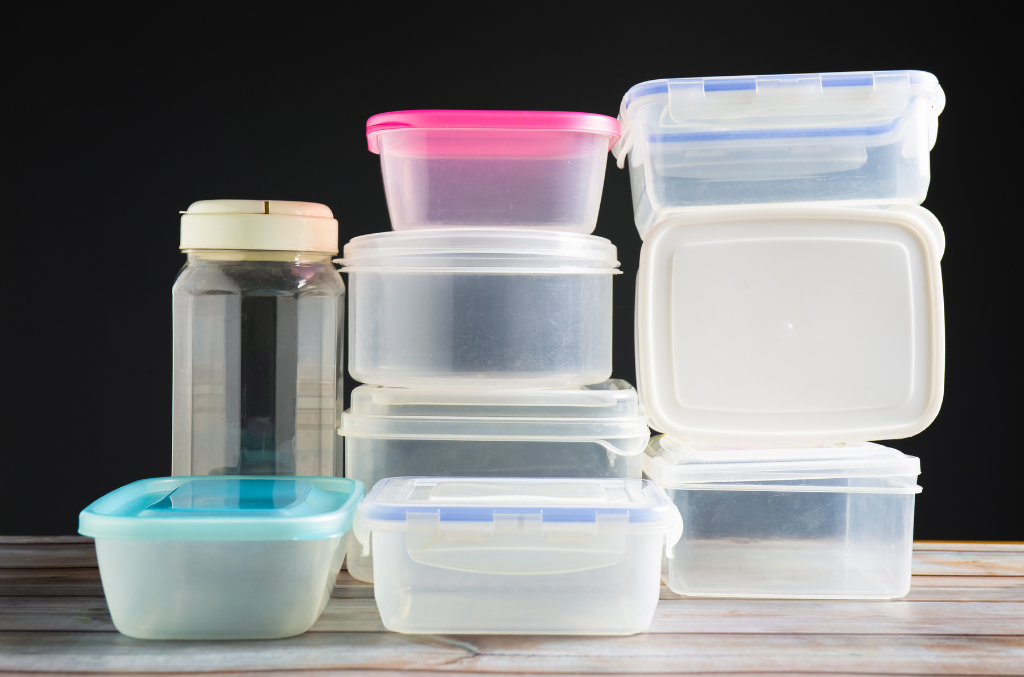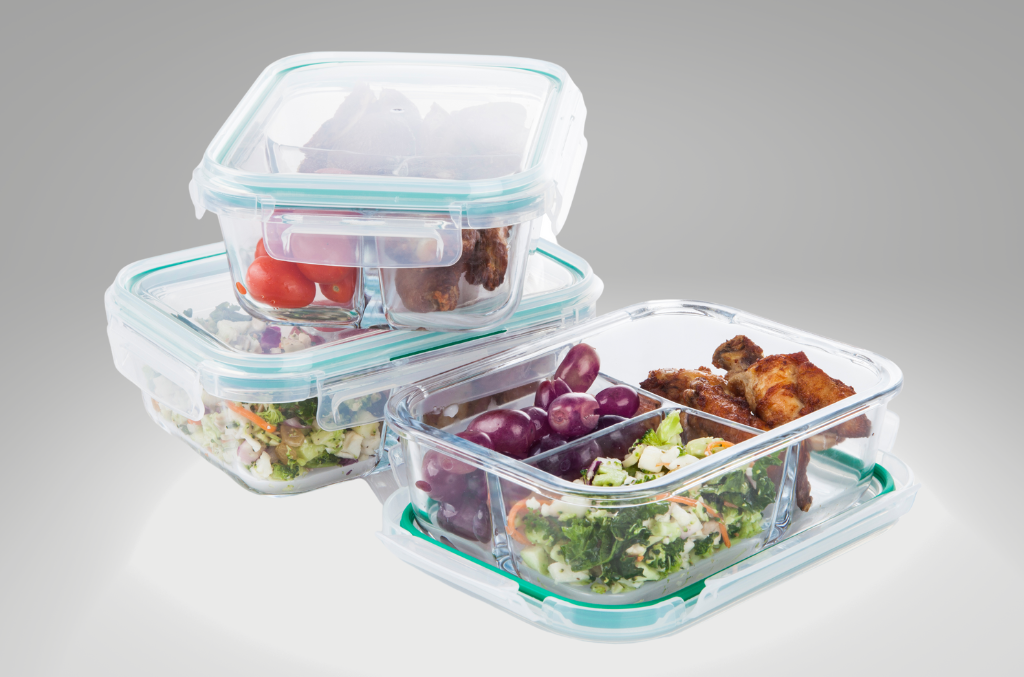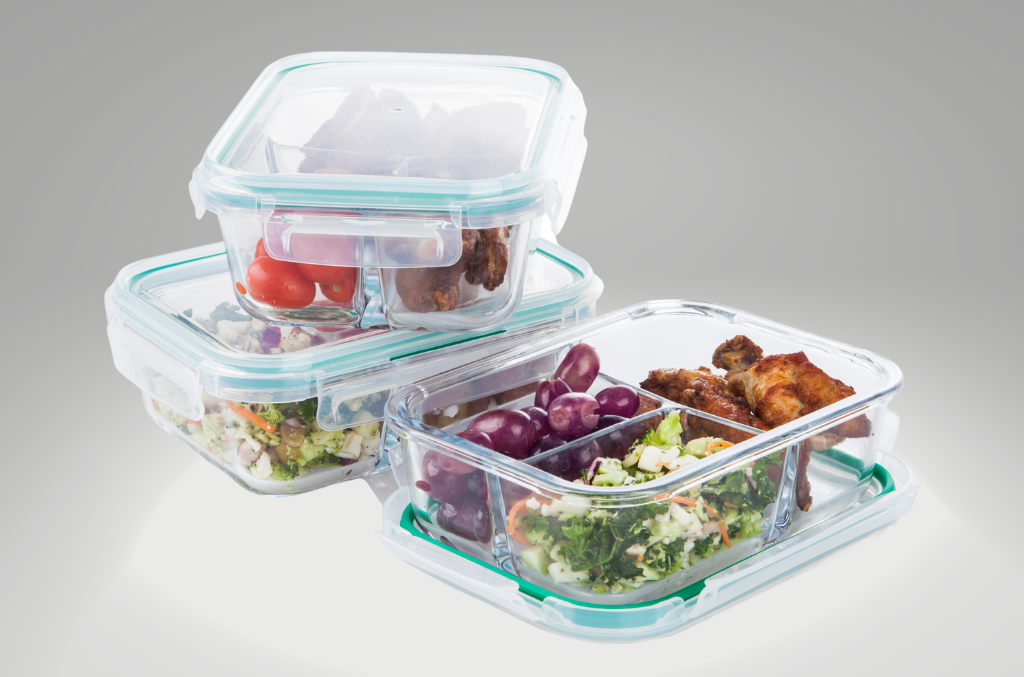Carryout Food Containers
The Ultimate Guide to Carryout Food Containers: A Comprehensive Review for Businesses
In the ever-evolving landscape of the food service industry, carryout food containers have become an indispensable part of our daily lives. With the advent of food delivery services and the increasing trend towards takeout meals, the demand for reliable, durable, and environmentally-friendly food containers has exponentially grown.
Whether it’s a bustling restaurant, a thriving catering service, a busy healthcare facility, or an active educational institution, the need for quality food containers that keep the food fresh, hot, and safe is paramount. In fact, the global market for food containers is forecasted to reach $346.99 billion by 2025, reflecting the importance and growth in this sector.
In This Article
Importance of Quality Carryout Food Containers
The quality of carryout food containers directly impacts the food that they carry. Sub-par containers can lead to food contamination, temperature loss, and even spills and messes. On the other hand, high-quality containers preserve the integrity of the food, maintain the right temperature, and ensure safe transportation.
Moreover, in an age where consumers are increasingly aware and concerned about environmental issues, the choice of food containers can significantly impact a business’s reputation. Biodegradable or recyclable containers are not just a sustainable choice; they also reflect positively on the commitment of a business towards environmental responsibility.
In the following sections, we will delve deeper into the different types of carryout food containers, their applications, and the science behind their design. We will also provide tips on choosing the right containers for your business, understanding the regulations, and comparing different brands.
Understanding Different Types of Carryout Food Containers

Selecting the right carryout food container is critical to maintaining the quality of food and enhancing customer experience. To choose wisely, one must first understand the different types of containers available in the market.
Plastic Food Containers
Plastic food containers are a popular choice due to their versatility and durability. They come in a range of shapes and sizes, and many have tight-fitting lids to prevent spills. Some types of plastic containers are microwave-safe, making them a convenient option for customers. However, concerns about the environmental impact of plastic use and potential health risks associated with certain types of plastics have led to a growing demand for more sustainable alternatives.
Foam Food Containers
Foam carryout food containers, often made from expanded polystyrene, are lightweight, strong, and provide excellent insulation. This makes them ideal for keeping hot food hot and cold food cold. They are also relatively cheap, making them a cost-effective option for many businesses. However, like plastic, foam containers pose significant environmental challenges as they are not easily recyclable and can take hundreds of years to decompose.
Paper Food Containers
Paper carryout food containers are a more environmentally friendly alternative to plastic and foam. They are biodegradable and often made from recycled materials. Paper containers are suitable for a wide range of foods, although they may not be as effective at maintaining food temperature as foam or certain types of plastic.
Biodegradable Food Containers
Biodegradable carryout food containers are becoming increasingly popular as businesses seek to reduce their environmental impact. These containers are made from various materials, including bagasse (sugar cane waste), cornstarch, and other plant-based materials. While they can be more expensive than other types of containers, they offer a sustainable solution that can appeal to environmentally conscious customers.
Understanding the strengths and weaknesses of each type of carryout food container can help businesses make an informed decision that balances cost, convenience, performance, and environmental impact.
The Science Behind Carryout Food Containers
Understanding the science behind food containers can help businesses choose the best products for their specific needs.
How Do Carryout Food Containers Keep Food Safe?

These food containers are designed to protect food from contamination and maintain its quality. They do this by providing a barrier between the food and the environment, preventing the entry of microorganisms, dust, and other potential contaminants. Containers with tight-fitting lids also prevent spills and leaks, further protecting the food.
The Thermal Properties of Carryout Food Containers
Another important aspect of food containers is their thermal properties. Containers made from materials like foam and certain types of plastic have excellent insulation properties, helping to keep hot food hot and cold food cold. This is particularly important for businesses that deliver food or provide takeout services, as it ensures the food arrives at the customer’s door at the right temperature.
Sustainability and Environmental Impact
The sustainability and environmental impact of food containers are increasingly important considerations for businesses. Traditional materials like plastic and foam can take hundreds of years to decompose, leading to significant environmental pollution. In contrast, biodegradable materials break down more quickly and have a lesser environmental impact. However, the production of these materials can also have environmental implications, so it’s important to consider the full lifecycle of the container.
In the next sections, we will explore the applications of carryout food containers in various industries, provide tips for choosing the right containers, and discuss the relevant regulations.
Industry Applications of Carryout Food Containers

Carryout food containers are widely used across different sectors due to their convenience, versatility, and ability to maintain food quality. Let’s explore their use in various industries.
Use in the Restaurant and Food Service Industry
In the restaurant and food service industry, carryout food containers are indispensable. Whether it’s for takeout orders, leftovers, or meal deliveries, these containers help restaurants serve their customers effectively. They protect food during transport, maintain its temperature, and present it in an appealing way.
Use in the Catering Industry
In the catering industry, carryout food containers are used for serving individual meals, packing leftovers, or delivering food. They need to be sturdy, reliable, and able to keep food at the right temperature for extended periods. The choice of containers can also reflect on the caterer’s brand, making quality and presentation important factors.
Use in the Healthcare Sector
Carryout food containers are also used in the healthcare sector for serving meals to patients. They need to be easy to open, sturdy, and safe for use in microwaves or refrigerators. In this industry, containers may also need to meet specific health and safety regulations.
Use in Schools and Educational Institutions
Schools and other educational institutions often use carryout food containers for serving meals, particularly in the current context of the pandemic where individual packaging is preferred to minimize contact. They need to be safe, easy for children to use, and capable of keeping food at the right temperature.
In each of these industries, the choice can significantly affect the quality of food service and the overall customer experience. Therefore, businesses must carefully consider their specific needs and the features of different containers before making a decision.
Tips for Choosing Carryout Food Containers
Choosing the right food containers can make a significant difference in the quality of your food service and the satisfaction of your customers. Here are some tips to guide your decision-making process.
Evaluating Your Business Needs
Firstly, consider the specific needs of your business. What kind of food do you serve? How long does it need to stay fresh? Do you offer delivery or takeout services? The answers to these questions will determine the type of containers you need. For instance, if you serve hot soup, you’ll need leak-proof, insulated containers. If you offer salads, clear plastic containers might be a better choice to showcase your fresh ingredients.
Considering Sustainability and Environmental Impact
With increasing awareness about environmental issues, many businesses are choosing to use more sustainable food containers. Biodegradable or compostable containers can be a great choice, but remember to consider the full lifecycle of the container, including the environmental impact of its production.
Balancing Cost and Quality
While cost is always a factor, it’s important not to compromise on quality. Cheap, low-quality containers can lead to spills, leaks, or soggy food, which can damage your business’s reputation. Look for containers that offer the best balance of cost and quality.
In the next sections, we’ll discuss how to properly use and maintain your carryout food containers, the regulatory aspects you need to be aware of, and the different brands available in the market.
Proper Usage and Maintenance of Carryout Food Containers
Once you’ve chosen the right carryout food containers for your business, it’s important to use and maintain them properly to ensure the safety and quality of your food.
Safe Handling and Storage Practices
Proper handling and storage of food containers can prevent contamination and maintain the quality of food. Always store your containers in a clean, dry area, and ensure that your staff handle them with clean hands. If you’re using reusable containers, make sure they’re thoroughly cleaned and dried before each use.
Disposal and Recycling Guidelines
Disposing of carryout food containers responsibly can reduce your environmental impact. If you’re using biodegradable containers, educate your customers on how to compost them. If you’re using recyclable containers, make sure they’re clean before recycling. Remember that not all plastic containers are recyclable, so check the recycling guidelines in your area.
Proper usage and maintenance of your food containers can help your business operate more efficiently, provide a better service to your customers, and minimize your environmental footprint. In the next sections, we’ll discuss the regulatory aspects of using food containers and compare different brands.
Regulatory Aspects of Carryout Food Containers
When using carryout food containers, businesses must be aware of and comply with various regulations to ensure food safety and quality.
Understanding FDA Regulations
In the United States, the Food and Drug Administration (FDA) regulates food contact materials, including carryout food containers. The FDA requires these materials to be safe and suitable for their intended use. This means they should not transfer harmful substances to food, alter the taste or smell of food, or lead to other food safety issues.
Businesses should ensure that their food containers meet these standards. This often involves choosing containers that are marked as FDA-approved or made from FDA-approved materials.
State and Local Regulations

In addition to federal regulations, businesses should also be aware of state and local regulations regarding carryout food containers. These may include restrictions on the use of certain materials (like foam or plastic) or requirements for recyclable or compostable containers.
For example, some cities in the U.S. have banned the use of foam food containers due to their environmental impact. Other places require businesses to use compostable or recyclable containers to reduce waste.
Understanding and complying with these regulations is not only essential for legal reasons, but it can also help businesses enhance their reputation and appeal to environmentally-conscious customers.
In the next section, we will explore different brands of carryout food containers, comparing their features and prices to help you make an informed decision.
Different Brands of Carryout Food Containers
Choosing the right brand of carryout food containers can make a significant difference in the quality of your food service.
Comparing Features and Prices
When comparing different brands, consider the features that are most important for your business. Do you need containers that are microwave-safe? Insulated? Biodegradable? Also consider the price and whether it fits within your budget. Remember, though, that investing in high-quality containers can pay off in the long run by enhancing your food service and customer satisfaction.
In the next section, we will conclude this guide with a recap on carryout food containers and a look towards the future.
A Recap Of Main Points
Carryout food containers play an essential role across various industries, including restaurants, catering, healthcare, and education. They protect food, maintain its temperature, and make it convenient for customers to enjoy their meals wherever they are.
There are different types of carryout food containers, each with its strengths and weaknesses. Plastic and foam containers are versatile and effective at maintaining food temperature, but they have significant environmental implications. Paper and biodegradable containers are more sustainable, but they may not be as effective at preserving food temperature.
Choosing the right carryout food containers involves evaluating your business needs, considering sustainability and environmental impact, and balancing cost and quality. Proper usage and maintenance of these containers and compliance with relevant regulations are also crucial.
Looking Toward the Future of Carryout Food Containers
As we move forward, the demand for carryout food containers is likely to continue growing. Trends such as online food delivery and takeout are here to stay, and so is the need for reliable, high-quality food containers.
At the same time, the push towards sustainability is expected to drive innovations in this field. We can expect to see more environmentally friendly materials and designs, as well as regulations encouraging the use of such products.
As a business, staying informed about these trends and making smart choices about your carryout food containers can help you provide a better service to your customers and contribute to a more sustainable future.
Frequently Asked Questions (FAQ)
At IP Products, we offer a wide range of Carryout Food Containers to meet your needs. Browse our collection today and find the perfect Carryout Food Containers for your job. We are dedicated to quality, customer satisfaction, and fast shipping.

